Sólheimasandur Beach Plane Wreck, May 2015
Iceland is known as the land of fire and ice; and is also known for its stunning scenery. One of the lesser known facts about Iceland is that is also a land of magic and mystery, as over eighty percent (80%) of the country believes in elves. With abandoned farmhouses, and re-routed roads, among other things, Iceland also has a number of unique manmade spots to visit. None, is more iconic, however, than the wreck of a United States Navy Douglas Super DC-3 plane on Sólheimasandur Beach. First, the good news: everyone who was in the plane survived the crash when it occurred. Second, the weird news: like many things, the truth about when the plane crashed and why it crashed are somewhat obscured in the mists of time. What is clear is that it either crashed on November 24, 1973, which is the Aviation Safety Network’s crash date, or it crashed on November 21, 1973 (per an Icelandic newspaper published on November 22).
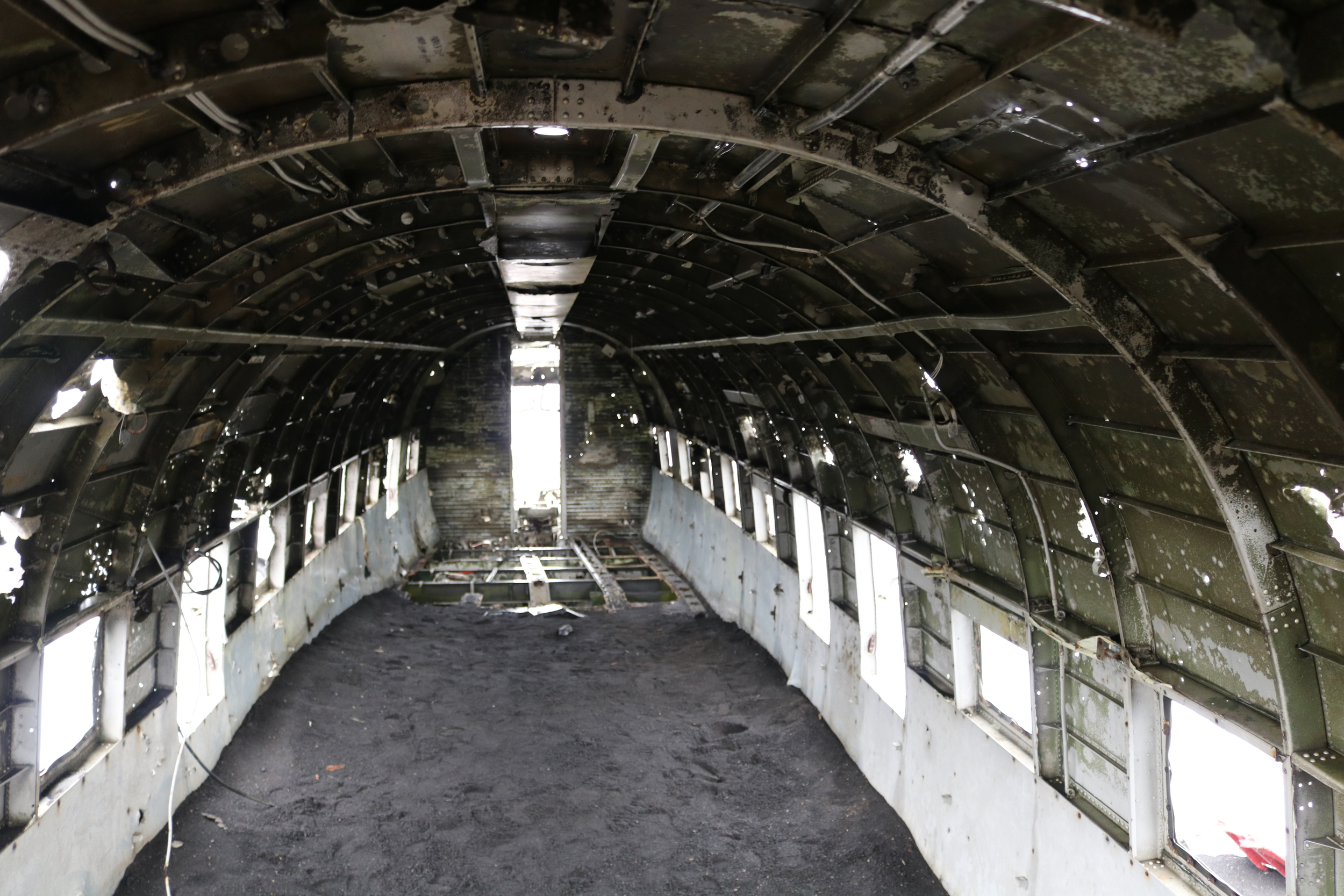

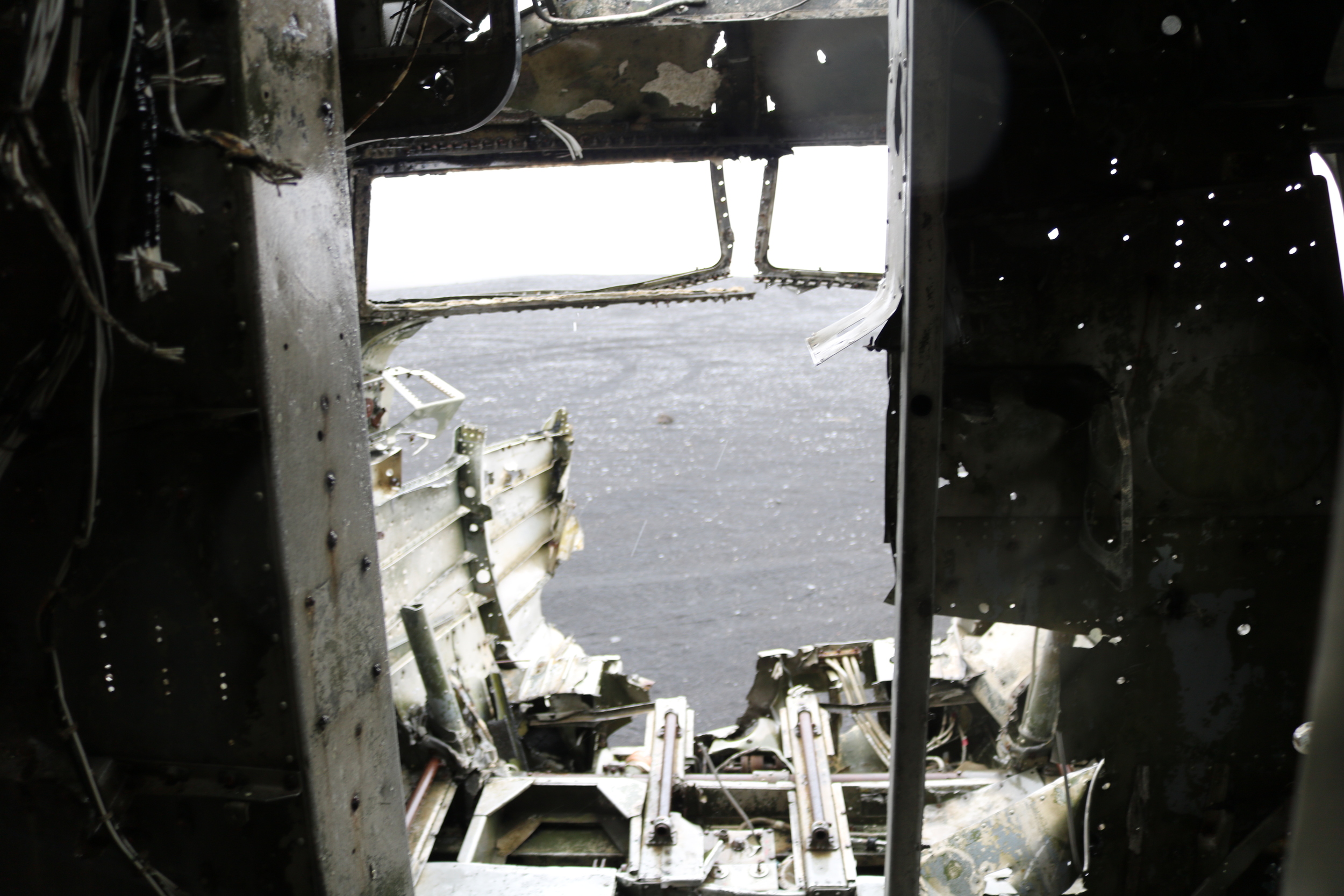


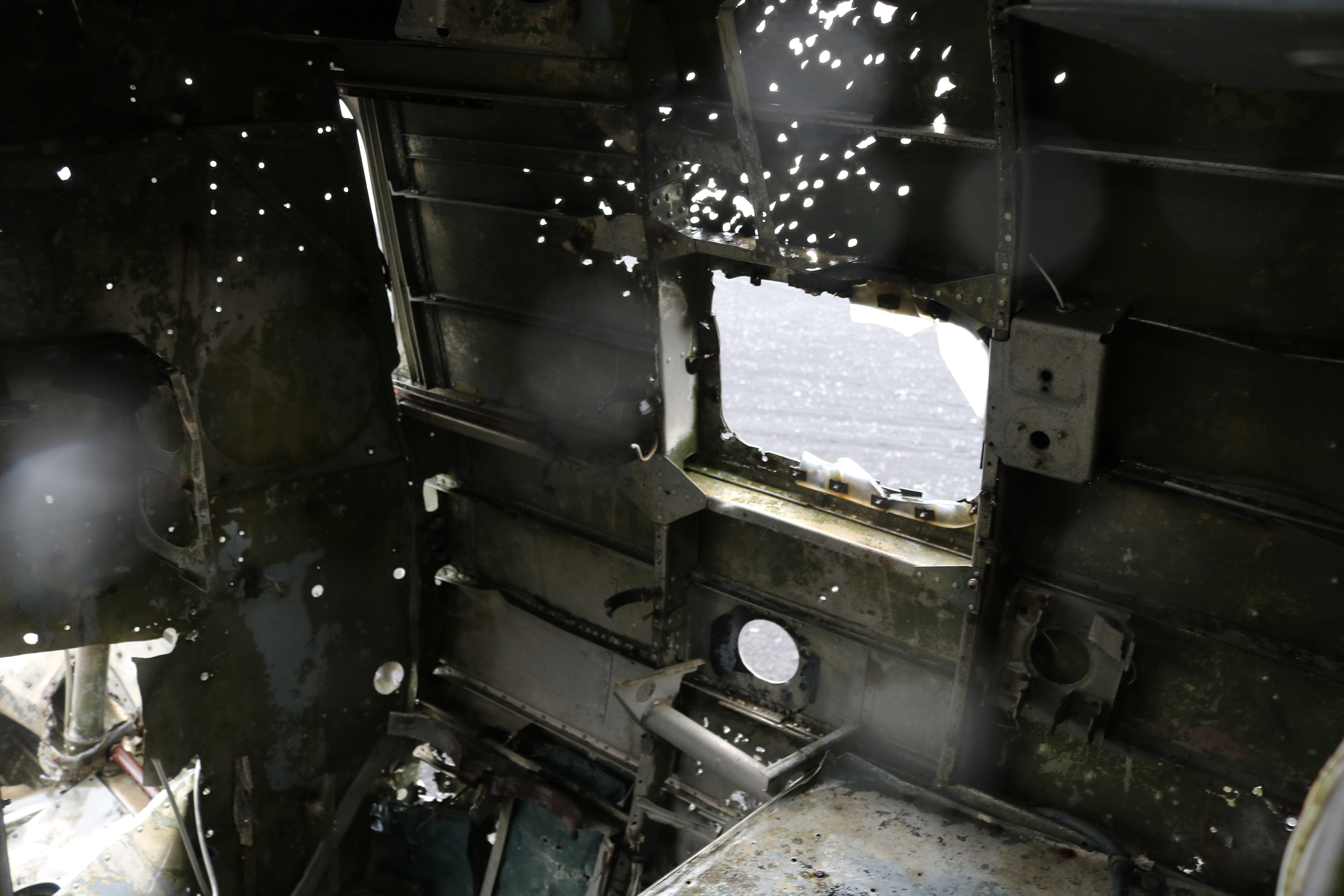

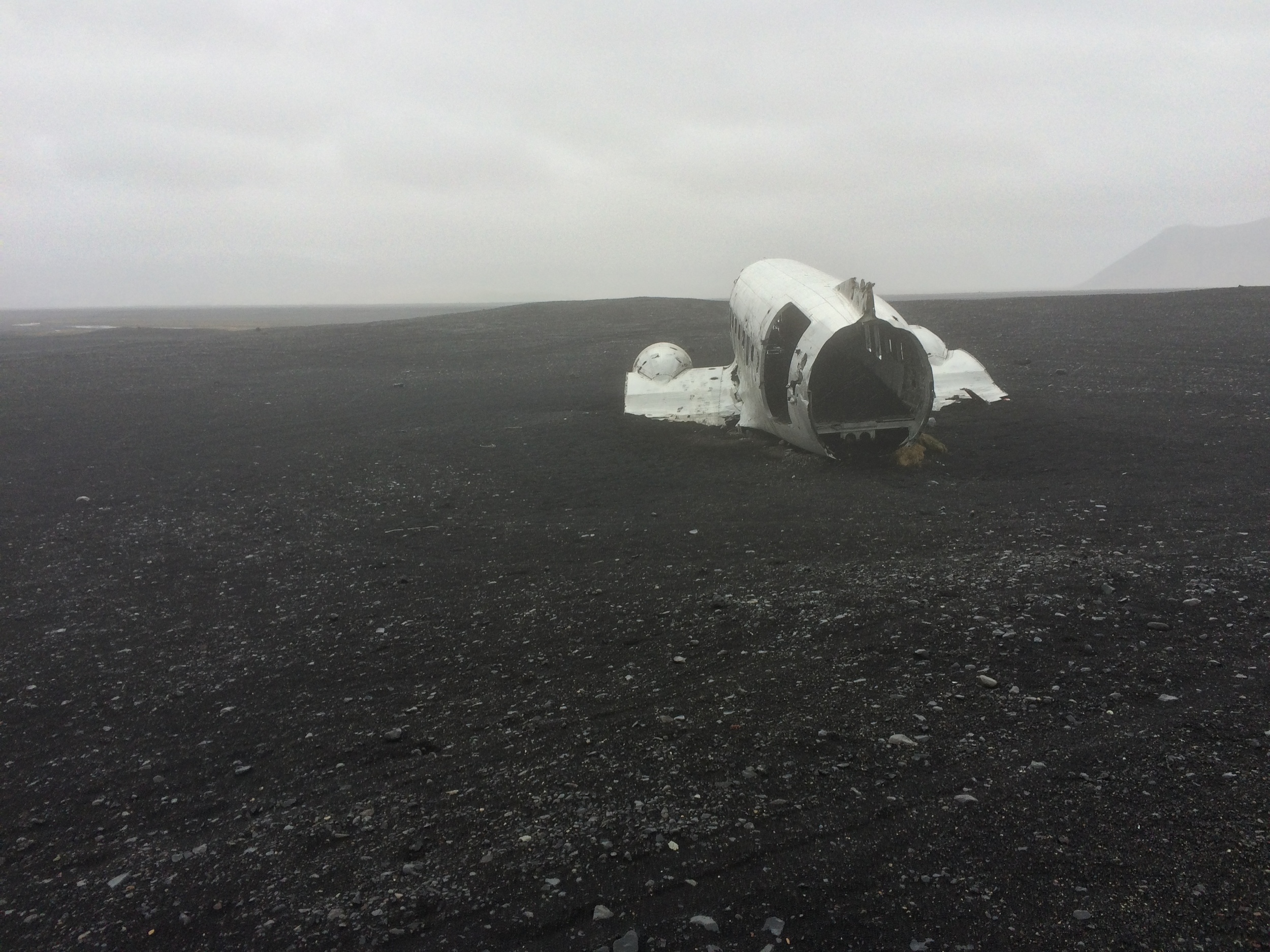
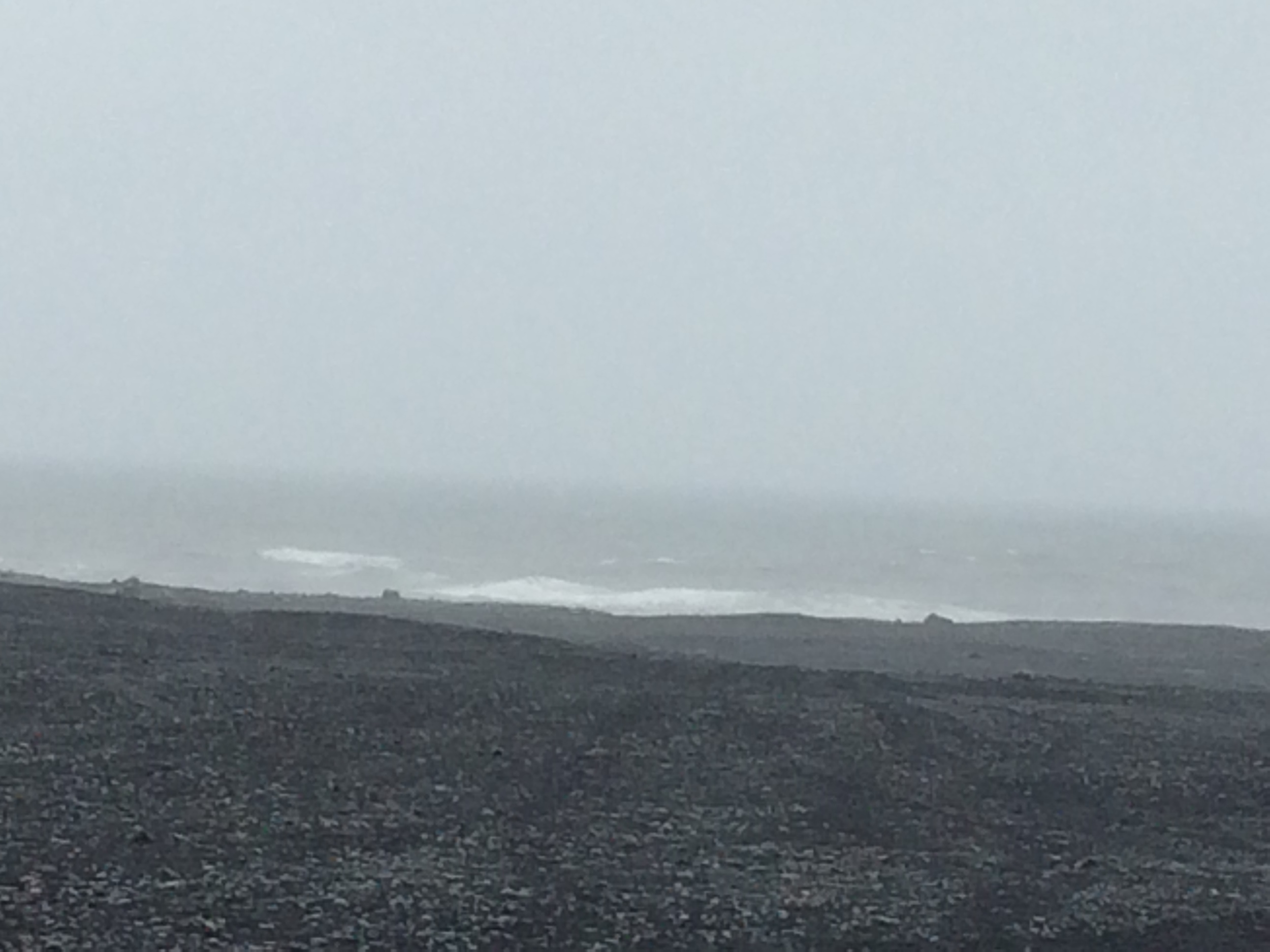
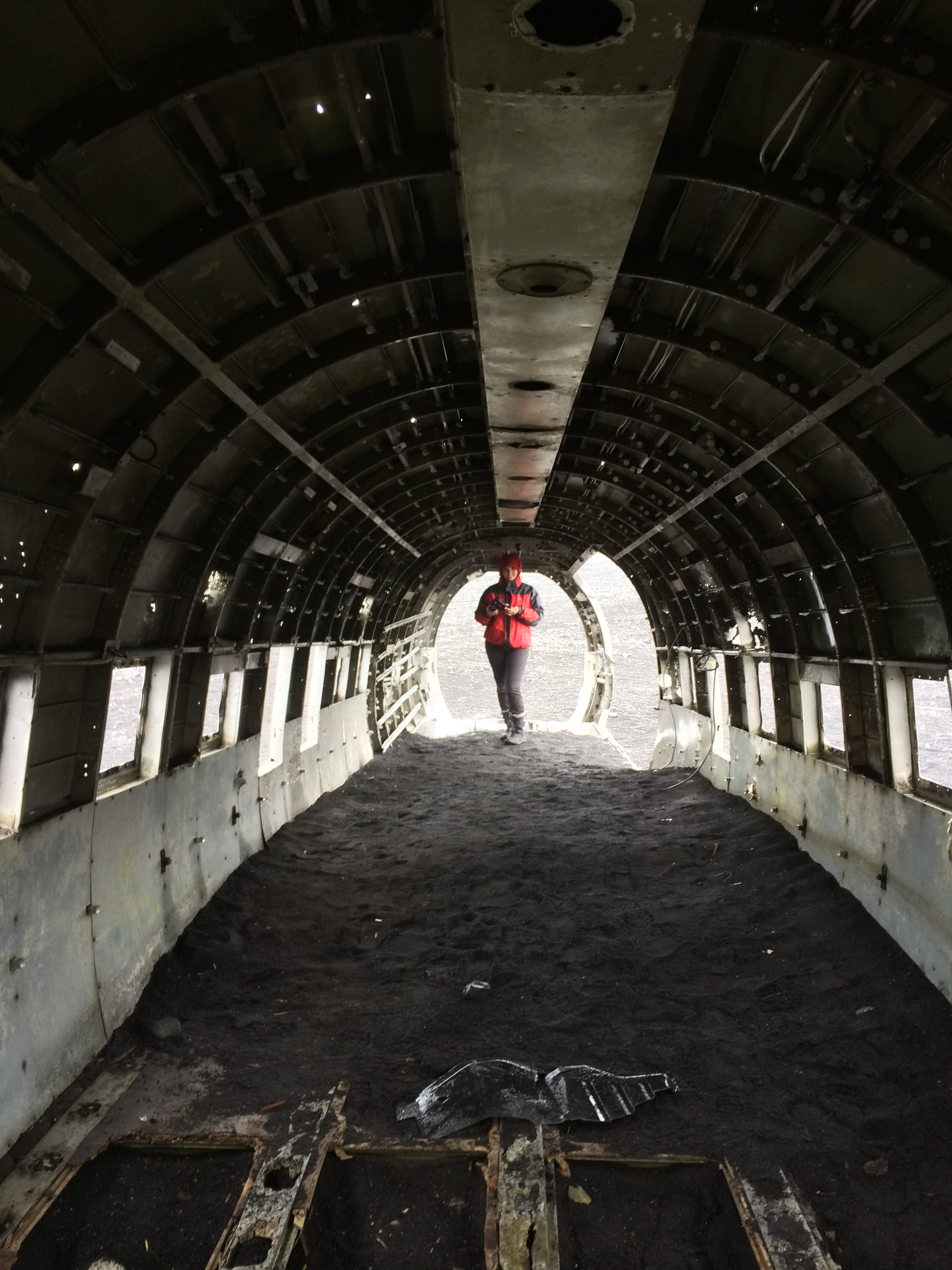

While the cause of the crash is also unknown, the most common (and likely accurate) theory is that the plane ran out of fuel when the pilot switched the fuel over to the plane’s empty tank mid-flight. Again, fortunately, everyone survived the crash. The last interesting thing about the remains of the plane is that while the plane itself is mostly intact after forty plus years, the plane’s tail section is missing. Like many of the plane’s mysteries, no one is exactly sure why the tail section is missing, but the leading theory is that a farmer hauled off the tail section to sell it in the nearby town of Vik.
Myths and rumors aside, the wreck is in fantastic condition considering first, that it crashed mid-flight, and second, that it has been exposed to the harsh climate of Iceland for the last forty plus years. While it is not on top of the list of “must-visit” locations of Iceland, for obvious reasons, it is a great place to visit if you like to explore, and if you like photography. In my opinion, if you are in the Skogafoss/Skogar region (or near Vik), and have a car, it becomes a must-visit spot simply because it is so unique. When you see the wreck, it is a surreal sight – an almost completely intact silver plane on a volcanic black sand beach; which looks like something out of any dystopian movie, book, or television show. It is fairly clear to me that there is nothing like it around the world, which makes it something unique to visit.
Directions/Tips. 2017 Update! Alert readers have let me know that unlike the time I visited in 2015, the area is now closed to vehicular use. While there seem to be a number of theories online as to why this has occurred, what I can say having driven out there was that even at that time, there were a number of road tracks that were likely damaging the local environment, not to mention the unfortunate side effects that the many tracks also likely brought - stranded cars and trash, to name two. While one can speculate as much as they want, the truth is that you have to walk the four kilometers one way to the wreck now. Correspondingly, I highly recommend a map or GPS when heading out to this site, and the below older driving directions should be taken with an extreme grain of black sand.
(From 2015) Depending on which directions you read online, the best way to find the wreck is to navigate from the nearby town of Vik, or the Skogafoss Waterfall, or use a portable GPS system. The best directions I found were on Expert Vagabond’s website, and were the ones that I ultimately ended up following. The only modifications I would make to his directions would be to say that at the “fork”, one should look for a series of cones that have been driven into the sand by tour companies to mark the route. Since I’ve mentioned tour companies, I would be remiss if I did not mention that this site has become “popular”. I put the quotations there because popular in Iceland has different connotations than say, popular in America at the Grand Canyon. While I am not an Iceland native or local, I will say that if you are expecting to have the site to yourself, at this point, depending on the time of year, that may be unlikely.
For example, when I visited the site in mid-May, on a windy, rainy day, I ended up following two cars and a bus to the site – yes, a mini-tour bus. On the positive side, all of these cars only lingered for a couple of minutes, leaving me and my fiancé who actually wanted to explore the wreck alone for a period of time before more cars arrived. I suspect that during the summer months when it is warm and sunny, there are lots of people at the site lingering around, especially as the beach is just over the next volcanic black sand dune. Conversely, in fall, winter, or late spring, as I saw, there are probably fewer “crowds”.
Finally, the last tip I will provide is this: be careful. While the road itself is not necessarily a 4WD only road, as it is flat and mostly packed down, it is not necessarily a 2WD road either. In terms of full disclosure, I did make it to the wreck in a 2WD car with no problems on a rainy day when the sand was sticky. But, part of the reason I did make it was because I knew how to drive off-road, even in a 2WD car. When I felt things starting to become iffy, I knew how to shift, how to steer, and how to handle problems. My advice for non-4WD drivers is as follows: if you are going to attempt the road in a sedan, be sure you are prepared in case you do get stuck, and also be ready to assume the risk you are undertaking. While this has become a popular location, it is also a remote location, and you cannot count on any party being there to rescue you, should you become stuck or otherwise disabled in the sand. If you are comfortable with these risks, by all means, attempt it, and have a great time. If not, I suggest you rent a 4WD vehicle, or go with a guide to be safe.
